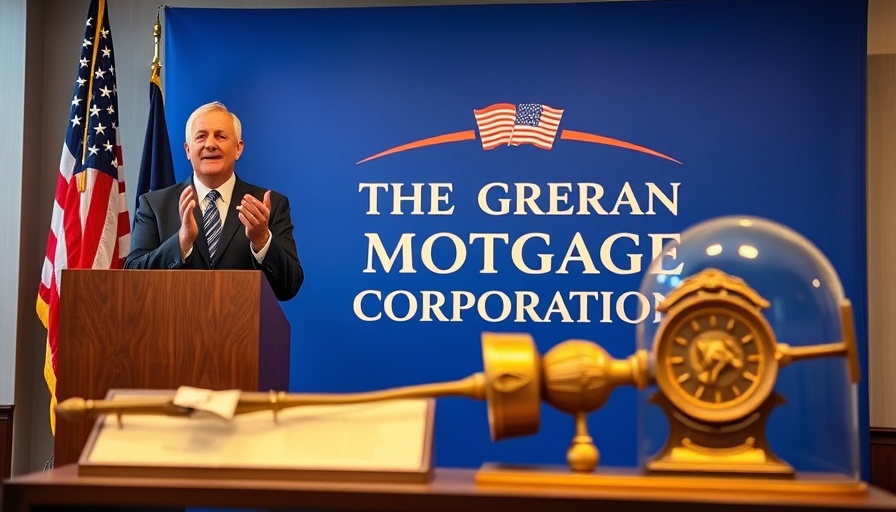
Understanding Commercial Property Use Types: A Primer
In the ever-evolving landscape of commercial real estate (CRE), identifying the classifications of office buildings is paramount for stakeholders seeking informed investment strategies. The primary classifications of office properties are divided into distinct categories based on their specific use types. This segmentation clarifies how different environments are tailored to meet diverse business needs, from traditional offices to cutting-edge facilities for life sciences.
The Spectrum of Office Spaces
At the heart of this classification is the traditional office, where a mix of private and collaborative workspaces serves as the backbone for many businesses. These buildings are typically leased for lengthy periods—often five to ten years—providing stability in an uncertain market. With companies hesitant to commit to long-term leases in the face of shifting work patterns, flexibility offered by coworking spaces emerges as a key player in the current environment. These venues not only allow companies to utilize resources peripherally but also foster a collaborative spirit conducive to innovation.
Specialized Facilities Meeting Unique Demands
Further categorization reveals specialized sectors within the commercial sphere, such as medical offices and life sciences properties. Medical office buildings (MOBs) are strategically located to serve patient needs efficiently, often found near hospitals or urban centers. The post-pandemic world has seen life sciences gain prominence, showcasing rapid construction growth to support biotech and pharmaceutical research across tailored laboratory settings.
The Rise of Research and Development Spaces
In addition to these classifications, Research and Development (R&D) offices play a pivotal role, focusing on innovation outside the standard life sciences paradigm. Equipped with high-tech labs and infrastructure, these facilities cater to corporations aiming to drive progress in various scientific fields, emphasizing how investing in specific property types can meet emerging demands promptly.
Crafting Strategic Decisions in Commercial Real Estate
Understanding these classifications enables CRE professionals to position their investments more effectively, addressing the nuances of demand across sectors. The knowledge of which types of office buildings cater to specific market trends can guide effective leasing strategies that align with current business needs.
 Add Row
Add Row  Add
Add 




Write A Comment